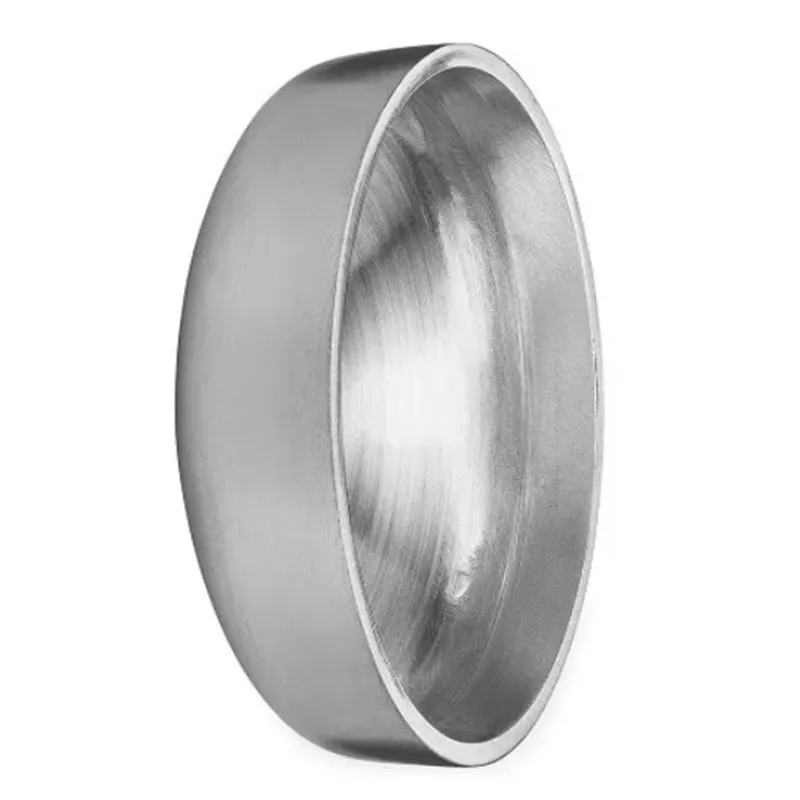-
Cangzhou Yulong Steel Co., Ltd.
-
Phone:
+86 13303177267 -
Email:
admin@ylsteelfittings.com
- English
- Arabic
- Italian
- Spanish
- Portuguese
- German
- kazakh
- Persian
- Greek
- French
- Russian
- Polish
- Thai
- Indonesian
- Vietnamese
- Zulu
- Korean
- Uzbek
- Hindi
- Serbian
- Malay
- Ukrainian
- Gujarati
- Haitian Creole
- hausa
- hawaiian
- Hebrew
- Miao
- Hungarian
- Icelandic
- igbo
- irish
- Japanese
- Javanese
- Kannada
- Khmer
- Rwandese
- Afrikaans
- Albanian
- Amharic
- Armenian
- Azerbaijani
- Basque
- Belarusian
- Bengali
- Bosnian
- Bulgarian
- Catalan
- Cebuano
- China
- China (Taiwan)
- Corsican
- Croatian
- Czech
- Danish
- Esperanto
- Estonian
- Finnish
- Frisian
- Galician
- Georgian
- Kurdish
- Kyrgyz
- Lao
- Latin
- Latvian
- Lithuanian
- Luxembourgish
- Macedonian
- Malgashi
- Malayalam
- Maltese
- Maori
- Marathi
- Mongolian
- Myanmar
- Nepali
- Norwegian
- Norwegian
- Occitan
- Pashto
- Dutch
- Punjabi
- Romanian
- Samoan
- Scottish Gaelic
- Sesotho
- Shona
- Sindhi
- Sinhala
- Slovak
- Slovenian
- Somali
- Sundanese
- Swahili
- Swedish
- Tagalog
- Tajik
- Tamil
- Tatar
- Telugu
- Turkish
- Turkmen
- Urdu
- Uighur
- Welsh
- Bantu
- Yiddish
- Yoruba

Oct . 01, 2024 13:05 Back to list
Understanding ANSI B16.5 Standard for Flanged Pipe Connections and its Applications
Understanding ANSI B16.5 A Comprehensive Overview
The ANSI B16.5 standard is a crucial guideline for professionals in the piping and valve industries, particularly those involved in the fabrication and installation of flanged joints. This standard outlines the dimensions, pressure-temperature ratings, and materials for pipe flanges and flange fittings for sizes ranging from 1/2 inch to 24 inches. In this article, we will explore the essential aspects of ANSI B16.5, its applications, and its significance in ensuring the integrity and safety of piping systems.
The Essence of ANSI B16.5
ANSI B16.5 is part of the American National Standards Institute standards and plays a pivotal role in establishing uniformity in the design and construction of flanged pipe connections. Flanges are critical components in piping systems as they provide a means of connecting sections of pipe, valves, pumps, and other equipment. They are typically made from steel, stainless steel, or other materials, and their design must accommodate various operating conditions, including pressure, temperature, and corrosion.
Dimensions and Types of Flanges
The ANSI B16.5 standard specifies several flange types, including slip-on, blind, weld-neck, threaded, and socket-weld flanges. Each type has its unique design features and applications. For instance, weld-neck flanges are commonly used in high-pressure applications due to their robust construction, while slip-on flanges offer ease of installation and cost-effectiveness in lower-pressure situations.
The standard also provides detailed dimensions for each flange type, ensuring that manufacturers adhere to precise tolerances. This uniformity is crucial for minimizing leaks and ensuring the structural integrity of piping systems. Additionally, ANSI B16.5 specifies the bolt hole dimensions and spacing, further enhancing compatibility among different components.
Pressure-Temperature Ratings
One of the standout features of ANSI B16.5 is its comprehensive table of pressure-temperature ratings. This table categorizes flanges based on their material and design, allowing engineers to select appropriate flanges for specific operational conditions. The ratings are crucial for ensuring that the flanges can withstand the pressures and temperatures encountered in various industrial applications.
ansi b16 5 150 rf

Flanges are rated according to classes, which indicate their pressure capabilities at specific temperatures. For example, a 150-lb flange can handle a certain level of pressure at a defined temperature, while a 300-lb flange can manage higher pressures. These ratings help engineers design safe and effective piping systems by selecting the correct flange for the intended application.
Material Specifications
The ANSI B16.5 standard encompasses a range of materials suitable for flanges, including carbon steel, stainless steel, alloy steels, and non-ferrous metals. The choice of material is critical, as it affects the flange's durability, corrosion resistance, and overall performance in specific environments. For example, stainless steel flanges are often chosen for their resistance to corrosion, making them ideal for chemical processing applications.
Importance of Compliance
Compliance with the ANSI B16.5 standard is not merely a matter of regulatory necessity; it is vital for the safety and reliability of piping systems. Non-compliance can lead to catastrophic failures, resulting in leaks, explosions, or equipment damage. Therefore, it is essential for engineers, manufacturers, and inspectors to be well-versed in the standard to ensure that all components meet the required specifications.
In addition to promoting safety, adhering to ANSI B16.5 facilitates maintenance and repairs. The standardized dimensions and ratings ensure that replacement parts can be sourced easily and that they will fit seamlessly into existing systems.
Conclusion
In summary, ANSI B16.5 serves as an indispensable framework for the design and implementation of flanged piping systems. By providing detailed guidelines on dimensions, pressure-temperature ratings, and material specifications, this standard ensures the integrity and safety of various industrial applications. Its widespread adoption underscores the importance of standardization in engineering practices, promoting efficiency and safety across the industry. Understanding and implementing ANSI B16.5 is essential for anyone involved in the design, manufacturing, or maintenance of piping systems, and it ultimately contributes to the reliability and longevity of these critical infrastructures.
Latest news
-
ANSI 150P SS304 SO FLANGE
NewsFeb.14,2025
-
ASTM A333GR6 STEEL PIPE
NewsJan.20,2025
-
ANSI B16.5 WELDING NECK FLANGE
NewsJan.15,2026
-
ANSI B16.5 SLIP-ON FLANGE
NewsApr.19,2024
-
SABS 1123 FLANGE
NewsJan.15,2025
-
DIN86044 PLATE FLANGE
NewsApr.19,2024
-
DIN2527 BLIND FLANGE
NewsApr.12,2024
-
JIS B2311 Butt-Welding Fittings LR/SR 45°/90° /180°Seamless/Weld
NewsApr.23,2024











